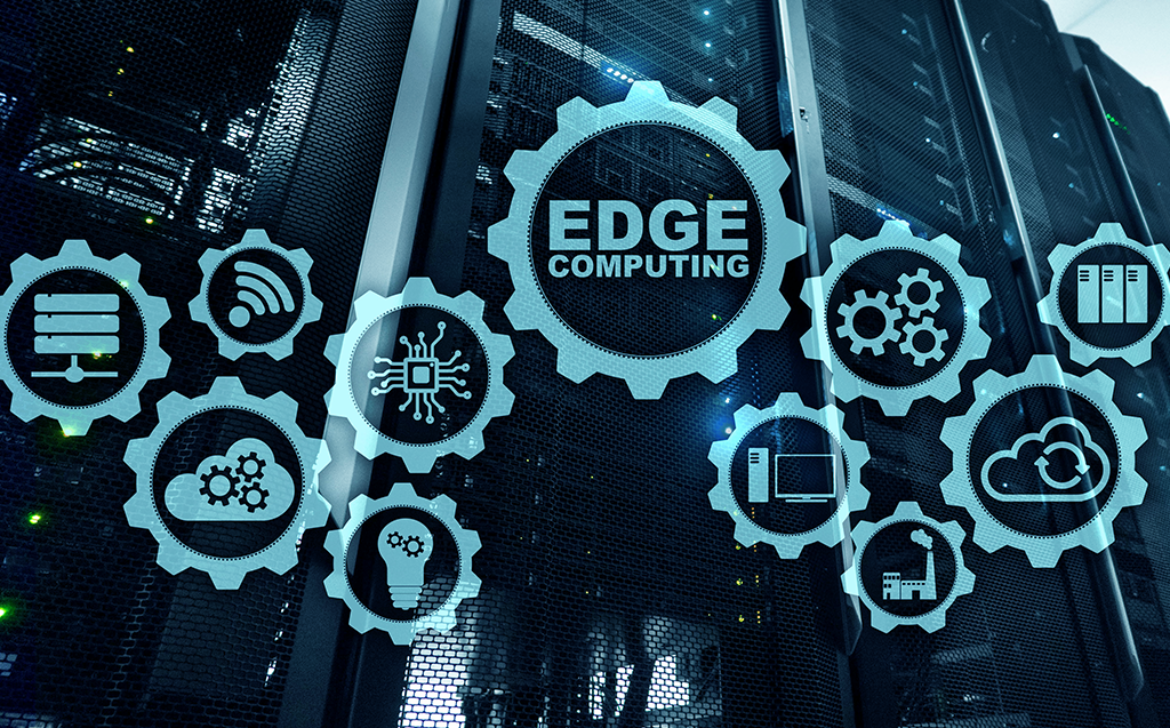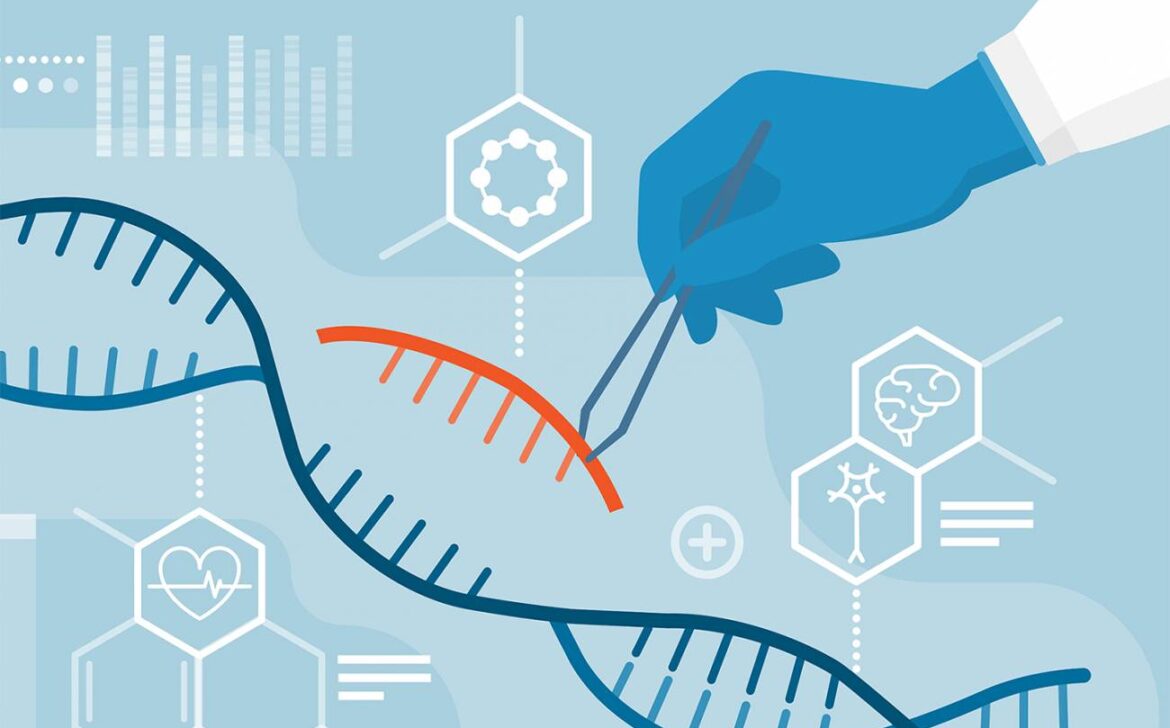Harmonizing Science and Technology: The Dynamic Duo Shaping Our Future
Introduction:
The marriage of science and technology has ignited a transformative synergy that is reshaping the world as we know it. In this age of rapid advancement, these two fields are intricately intertwined, fueling innovations that touch every aspect of our lives. In this blog post, we will explore the profound impact of the harmonious collaboration between science and technology and its role in shaping our present and future.
1. The Convergence: Where Science Meets Technology
Science is the pursuit of knowledge and understanding, while technology is the application of that knowledge for practical purposes. The convergence of these disciplines has led to breakthroughs that span from life-altering medical treatments to game-changing technological gadgets.
2. Data-Driven Insights: The Power of Information
Technology has enabled scientists to collect, analyze, and interpret vast amounts of data with unprecedented accuracy. From climate studies to genomics, the fusion of science and technology has empowered researchers to unlock insights that were previously unimaginable.
3. Medical Marvels: Transforming Healthcare
The marriage of science and technology has revolutionized healthcare. From precision medicine and telemedicine to robotic surgeries, the integration of scientific research with cutting-edge technology has led to medical marvels that save lives and enhance quality of life.
4. Space Exploration: Pushing Boundaries
The exploration of space is a testament to the synergy between science and technology. Scientific discoveries about the cosmos are made possible by technological innovations in spacecraft, telescopes, and satellite systems, pushing the boundaries of human knowledge.
5. Digital Transformation: Redefining Connectivity
The digital revolution, a prime example of science and technology collaboration, has redefined how we communicate, work, and interact. Innovations like the internet, smartphones, and artificial intelligence are products of this dynamic partnership.
6. Renewable Energy: Sustainable Solutions
The urgent need for sustainable energy sources has prompted scientists and technologists to work hand in hand. Advancements in solar, wind, and other renewable energy technologies are a result of scientific insights translated into practical solutions.
7. Biotechnology Breakthroughs: Reshaping Possibilities
Biotechnology has witnessed groundbreaking achievements due to the harmonization of science and technology. Gene editing tools like CRISPR-Cas9 and the development of personalized medicine are transforming healthcare and genetics research.
8. Environmental Conservation: A Shared Responsibility
The challenges of environmental conservation demand a collaborative approach. The scientific understanding of climate change and pollution is coupled with technological innovations to create eco-friendly solutions and promote sustainable practices.
9. Ethical Considerations: Navigating Complexities
As science and technology intersect, ethical considerations arise. From genetic engineering to artificial intelligence, the collaboration prompts crucial discussions about responsible innovation and the potential impacts on society.
10. The Future Unveiled: A World of Potential
The synergy between science and technology shows no signs of slowing down. Emerging fields like quantum computing, nanotechnology, and biocomputing offer glimpses into a future where the boundaries of what is possible continue to expand.
Conclusion:
The dynamic partnership between science and technology is propelling humanity forward at an unprecedented pace. From life-altering medical breakthroughs to monumental strides in space exploration, this synergy is reshaping our understanding of the world and our place within it. As we continue to navigate this captivating journey, the harmonization of science and technology promises to unveil a future rich with possibilities, innovations, and opportunities that we have only begun to imagine.










